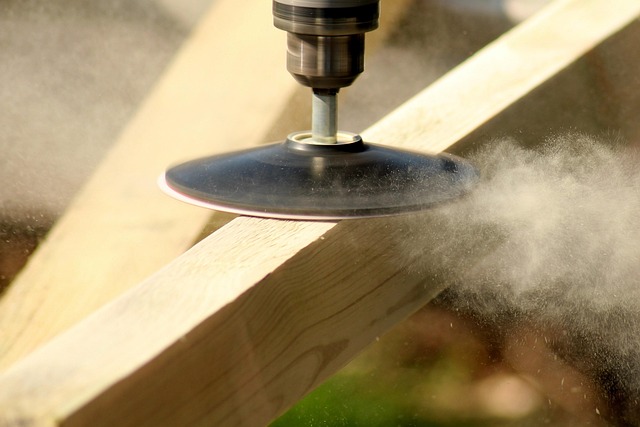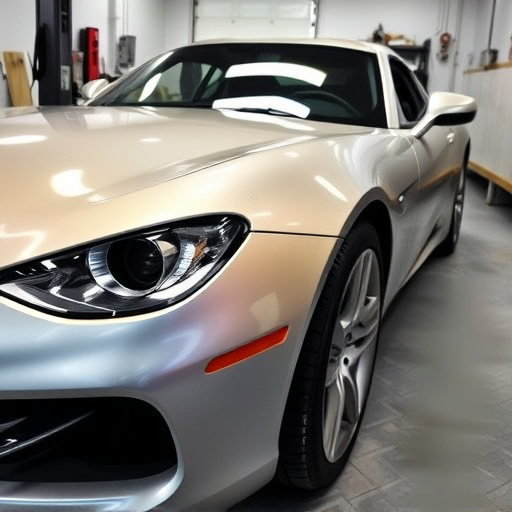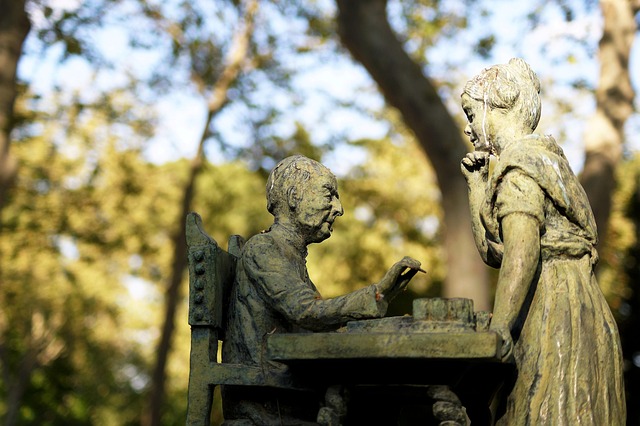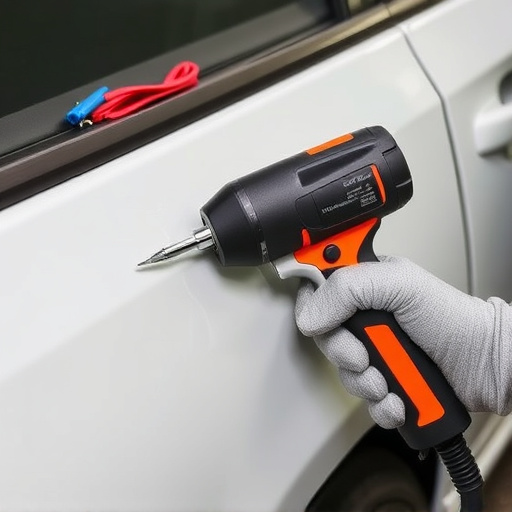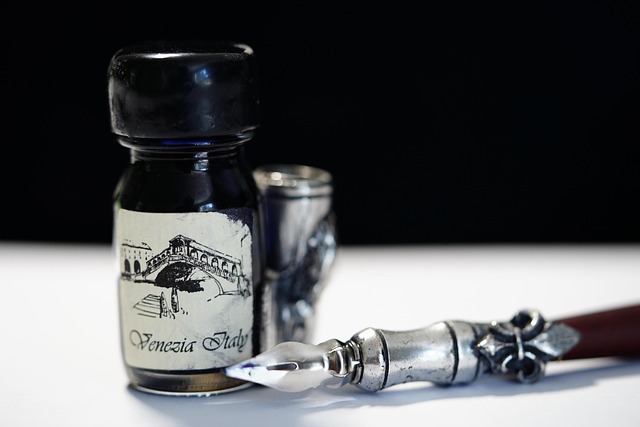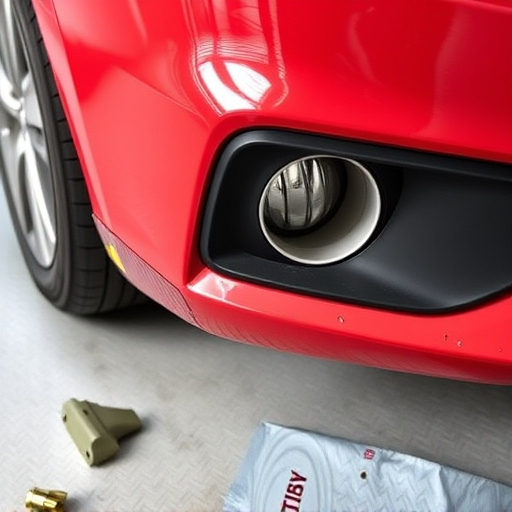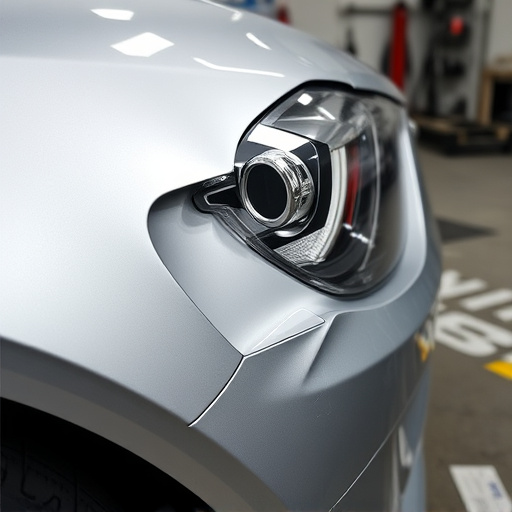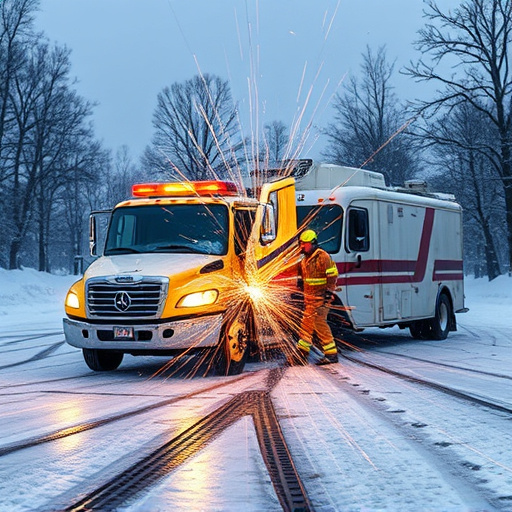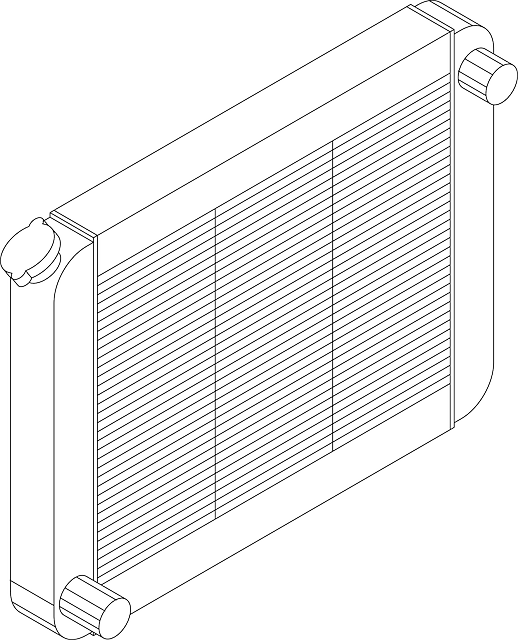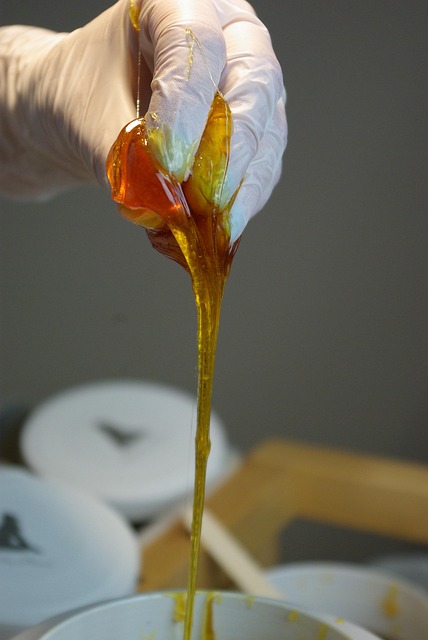Safety glass replacement is a vital component of modern auto body restoration and building maintenance, prioritizing passenger safety and structural integrity over aesthetic appeal. This process involves skilled technicians who install impact-resistant polyvinyl butyral (PVB)-layered glass to prevent shattered pieces from escaping during accidents, thereby reducing injury risk. In both vehicular and architectural contexts, prompt replacement of damaged safety glass is crucial for maintaining safety standards, mitigating risks, and preserving the visual beauty of structures or vehicles. Expert mechanics ensure perfect alignment and sealing of new safety glass, enhancing structural integrity, noise reduction, and visibility while increasing resale value in vehicle restoration projects.
Safety glass replacement is not just about enhancing aesthetics; it’s a critical component of maintaining structural integrity. Understanding the role of safety glass in buildings, especially in preventing injuries from shattering glass, is crucial. This article delves into how damaged safety glass can compromise a structure’s strength and stability, exploring the benefits and process of timely replacement to ensure safety and preserve architectural soundness.
Key topics covered: understanding safety glass, impact of damage, and restoring structural integrity through effective replacement.
- Understanding Safety Glass and Its Role in Structural Integrity
- The Impact of Damaged Safety Glass on Buildings
- Restoring Structural Integrity: Benefits and Process of Safety Glass Replacement
Understanding Safety Glass and Its Role in Structural Integrity

Safety glass, a revolutionary material designed to enhance safety and structural stability, plays a pivotal role in various applications, especially in modern auto body restoration projects. Unlike traditional glass, which can be brittle and prone to shattering, safety glass is engineered with a unique layer of polyvinyl butyral (PVB) interlayer. This innovative design ensures that if the glass does break, it fractures into small, harmless pieces, minimizing the risk of injury.
In the context of auto body restoration and vehicle paint repair, safety glass replacement is not just about aesthetics; it’s a critical step in restoring the structural integrity of a vehicle. When a car undergoes a collision or accident, the impact can compromise the strength and stability of its frame. By replacing broken or damaged windows with safety glass, technicians not only improve visual appeal but also reinforce the overall structure, ensuring the vehicle meets safety standards and providing enhanced protection for passengers during future drives, including in case of another auto frame repair scenario.
The Impact of Damaged Safety Glass on Buildings

Damaged safety glass can have a significant impact on the structural integrity of buildings. Safety glass is designed to minimize the risk of injury in case of breaking, but when it’s cracked or shattered, it loses its effectiveness as a protective barrier. This not only compromises the safety of occupants but also weakens the overall structure. In high-rise buildings and other critical facilities, even a small compromise in structural integrity can lead to serious consequences.
Furthermore, the aesthetic value of a building is equally affected by damaged safety glass. Modern architectural designs often incorporate large panoramic windows for enhanced natural lighting and views. When these windows become compromised due to safety glass replacement issues, it not only hampers the functional aspect but also diminishes the beauty of the space. Prompt action to address damaged safety glass, through expert repair or replacement services, is crucial for maintaining both the safety and visual appeal of any structure, whether it’s a commercial building or a residential home, ensuring vehicle restoration in the case of car dent repair or frame straightening.
Restoring Structural Integrity: Benefits and Process of Safety Glass Replacement

When a window or windshield is damaged, it doesn’t just affect the aesthetics of a vehicle; it can also compromise its structural integrity. Safety glass replacement is a vital process in vehicle restoration that not only enhances the car’s appearance but also ensures the safety and security of the occupants. This procedure involves more than simply replacing the broken glass; it requires skilled technicians to install high-quality, impact-resistant safety glass, often laminated or tempered, which meets or exceeds industry standards.
The benefits are significant. Restored structural integrity means better protection from potential crashes, as well as reduced noise and improved visibility. In an auto repair shop, experienced mechanics can assess the damage, provide expert advice, and execute the replacement with precision, ensuring the new glass is perfectly aligned and sealed. This meticulous process, combined with quality auto painting services to match the original finish, can bring a vehicle back to its former glory, enhancing both safety and resale value.
Safety glass replacement is not just about enhancing aesthetics; it’s a critical process that restores structural integrity, ensuring buildings remain safe and secure. By addressing damaged safety glass promptly, property owners can mitigate risks, maintain architectural stability, and preserve the overall value of their structures. This conclusion underscores the importance of understanding and prioritizing safety glass replacement as an essential component of building maintenance.
